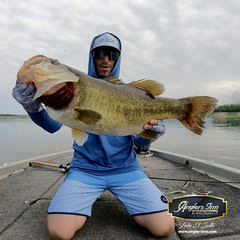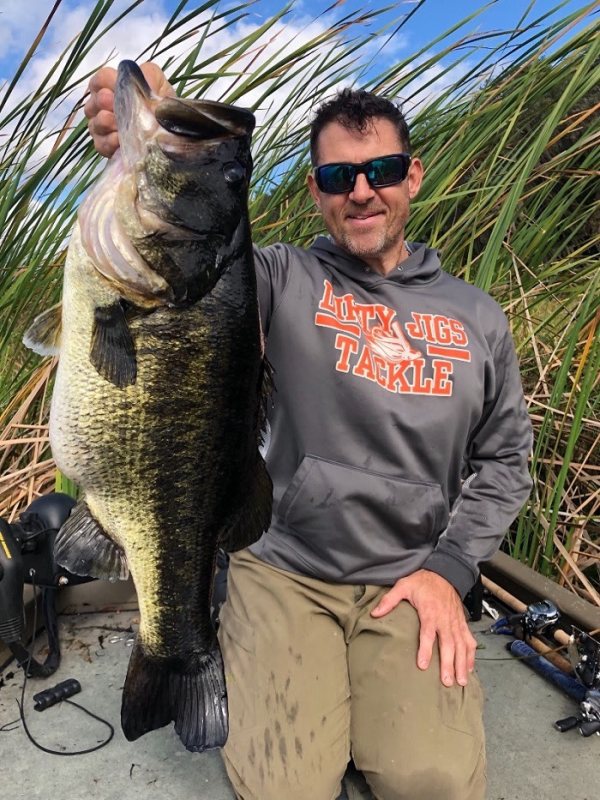By Frank Sargeant
The vast majority of bass anglers are into catch-and-release fishing, on the well-said Lee Wulff mantra, “A fish is too valuable to catch only once.”
Of course, this doesn’t apply to fish that are only targeted for food like crappies and other panfish, or to saltwater species like flounder and snapper. But in general, American bass anglers don’t keep most of the fish they catch so that fishing will remain good tomorrow. Largemouth and smallmouth bass, are largely considered an all-release species by anglers these days except where they’re invasives, such as in some rivers of the Northwest.
But letting all these fish swim away doesn’t do much good if a lot of them don’t survive.

Scientists with Florida’s Fish and Wildlife Commission have done a study on how handling of the state’s famed Florida-strain largemouths affects their survival. The results are of interest to anyone concerned about catch-and-release success.
The classic hold-up shot, a thumb in the jaw and the fish held up vertically, looks like a really bad idea when you think about it, likely to cause serious damage to the jaw structure of trophy-class fish 7 pounds and up. Until now, it’s widely been seen as wrong among conservationists.
But not so fast, my friends, say the FWC biologists.
In the study, bass were caught and released via the classic thumb in the jaw, by a single hand horizontal hold-up, with two hands horizontally, and by the use of a grip device.

The results indicated none of the handling types caused any permanent damage, and there were no differences among handling types on bass feeding or survival.
However, there were differences in how long it took the bass to recover based on how they were held.
The study documented increased sores, lesions, and inflamed gill and mouth parts on bass 30 days after handling; therefore, the researchers recommend wetting your hands and anything that the bass will touch to reduce damage to the fish and its protective slime coat.
Across all holding types, bass weight decreased after handling. Earlier research showed that after a tournament or a catch-and-release angling event fish did not feed right away. This could have negative effects on the fish’s health over time.

In lakes with heavy tournament pressure every weekend, there could well be a cumulative impact on bass populations—Lakes like Toho and Okeechobee come to mind, as well as many lakes outside Florida including the entire Tennessee River chain.
Recommended handling includes:
Of course, tournament anglers have to go through some added handling steps that may not do the fish much good, including hauling them around at high speed inside the live well, bagging them at weigh in, putting them through the weigh-in and then finally turning them over for release.
Even at this, studies by tournament organizations indicate low mortality rates. And of course the MLF program of on-the-water weigh-in and immediate release should theoretically be much easier on the fish.
See Florida’s TrophyCare page for detailed information and recommendations about best handling practices for trophy bass. It’s a great feeling to see a giant female bass swim away, but just keep in mind if she’s not handled properly, she may not swim far.